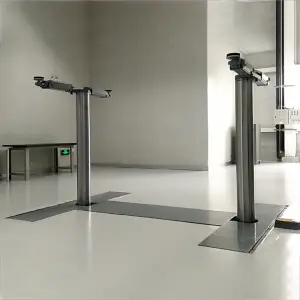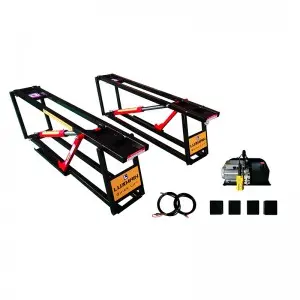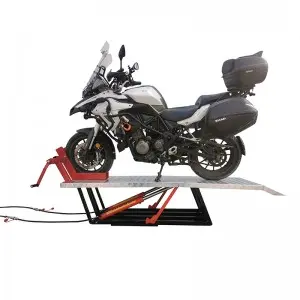****
In the realm of construction and industrial operations, the efficient functioning of lifting systems is critical. As these operations rely heavily on cranes, hoists, and other lifting equipment, the importance of k lift accessories cannot be overstated. These accessories play a pivotal role in ensuring the safe and efficient operation of lifting devices, protecting both the workforce and the equipment itself. In this article, we will delve into what k lift accessories are, their various types, their significance in the industry, and how they can enhance safety and efficiency when used correctly.
What are k Lift Accessories?
K lift accessories refer to various components that complement and enhance the performance of lifting equipment. These accessories include items like hooks, chains, slings, shackles, and hoisting devices, among others. Each of these components serves a unique function, allowing operators to lift, secure, and transport heavy loads safely and efficiently.
Types of k Lift Accessories
1. **Slings**: Made from synthetic fibers, wire rope, or chain, slings are used to attach loads to lifting devices. The choice of sling material often depends on the load type, weight, and environment.

Explore the Importance of k Lift Accessories for Enhancing Safety and Efficiency in Modern Elevation Systems
2. **Hooks**: Generally used to connect various lifting devices to a load, hooks come in different sizes and designs, including swivel hooks for extra maneuverability.
3. **Shackles**: Used as a connector point for lifting equipment, shackles provide a reliable means of securing loads. They must be chosen carefully to match the load’s weight and configuration.

Explore the Importance of k Lift Accessories for Enhancing Safety and Efficiency in Modern Elevation Systems
4. **Lifting Beams and Magnetic Lifters**: These specialized tools spread the load evenly, allowing for balanced lifting during operations. They are essential in scenarios where the load distribution is critical.
5. **Rigging Equipment**: This category includes several devices like pulleys, winches, and other gear necessary for lifting and moving heavy objects.
Significance of k Lift Accessories
The integration of k lift accessories in lifting operations carries significant benefits:
1. **Safety**: First and foremost, safety is paramount in any lifting operation. k lift accessories are designed to enhance safety by providing reliable connections and load stability. For instance, using a proper sling can prevent slippage, while correctly sized hooks and shackles reduce the likelihood of breakage or failure under load.
2. **Efficiency**: Efficient loading and unloading processes directly impact productivity. Accessories like lifting beams can help move loads more quickly and with fewer operators, streamlining operations. This efficiency can reduce downtime and increase throughput in busy environments.
3. **Versatility**: The variety of k lift accessories available allows operators to tackle different types of lifts, making their equipment more versatile. This adaptability is particularly useful in industries with diverse lifting requirements, from construction to warehousing.
4. **Cost-Effectiveness**: While investing in quality k lift accessories might require upfront costs, they can lead to long-term savings. Better tools reduce damage to both loads and equipment, minimizing costly repairs and replacements.
5. **Compliance with Regulations**: Many industries are governed by strict safety standards. Utilizing k lift accessories that meet these regulations helps businesses avoid legal repercussions and ensures they remain compliant with industry norms.
Best Practices for Using k Lift Accessories
To maximize the benefits of k lift accessories, certain best practices should be followed:
– **Regular Inspections**: Conduct routine checks on all lifting accessories to identify wear and tear. Components that show signs of damage should be replaced immediately to avoid accidents.

Explore the Importance of k Lift Accessories for Enhancing Safety and Efficiency in Modern Elevation Systems
– **Training**: Ensure that all personnel involved in lifting operations are trained in the proper use of k lift accessories. This training promotes safer practices and reduces the risk of human error.
– **Load Assessment**: Always calculate the weight and dimensions of the load before selecting accessories. Using tools rated for the specific load type is crucial for safety.
– **Proper Storage**: Store all accessories in a dry, clean area away from chemicals and harsh environments to prolong their lifespan.
Conclusion
In the dynamic world of lifting operations, k lift accessories form the backbone of safety and efficiency. By understanding the different types of accessories, their significance, and best practices for their use, businesses can enhance their operational capacity while keeping safety a top priority. Properly applied k lift accessories not only protect the workforce but also contribute to a more productive and profitable operation, making them an indispensable asset in any lifting scenario.Inground lift



